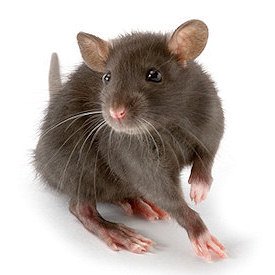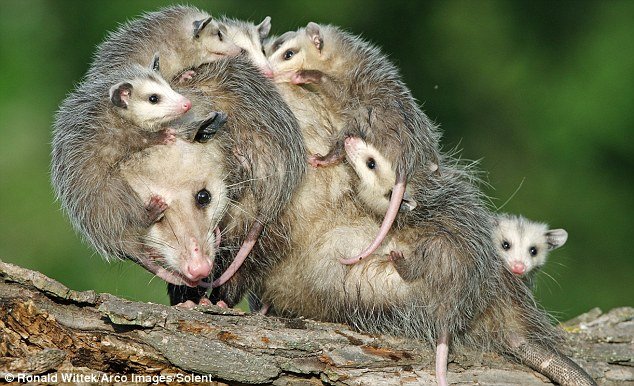Animal Sounds
We at rapid Rodent Removal It is important to know animal sounds in your attic because it can help identify what type of animal is causing the noise and potentially causing damage to your home. Knowing the animal sounds can also help determine the best course of action for removing the animal and preventing future infestations. In addition, if the animal is a protected species, it is important to know their sounds so that appropriate measures can be taken to ensure their safety and the legality of their removal. Ignoring animal sounds in your attic can lead to further damage to your home and potentially dangerous situations for both you and the animal. There are several types of rats, types of squirrels or just random animals in the attic occasionally and make alot of noise
What does a Raccoon Sound like ?
What does a Rat Sound like ?
What does a Squirrel Sound like ?
What does a Mouse Sound like ?
What does a Opossum Sound like ?
If you hear strange sounds in your attic, you should take the following steps:
Identify the source of the noise: Try to listen carefully and determine if the sound is coming from a specific location in the attic or if it is coming from all around. This can help determine what type of animal may be causing the noise.
Look for visible signs of an animal: Check for visible signs of an animal such as droppings, nesting materials, or chew marks. This can help confirm that an animal is present in the attic.
Determine the best course of action: If the animal is a protected species, you will need to contact a professional wildlife removal service to handle the situation. If the animal is not protected, you may be able to remove it yourself or hire a professional to do so.
Repair any damage: Once the animal has been removed, it is important to repair any damage it may have caused to your home, such as holes in the roof or walls. This will prevent future infestations.
Prevent future infestations: Take steps to prevent future infestations, such as sealing holes and cracks in your home, installing screens on vents and chimneys, and securing trash cans to prevent easy access to food sources.
We know the animals have lived here long before we built on their land. It is not the animal's fault our home looks like a safe place for them to live. However, we also know that these animals cause damage and spread diseases. Our Rodent Control specialist will live trap and relocate all native wildlife, accept for rats, because of laws and things like musophobia.
Below are many of the sounds animals commonly make around your home, or in your attic, which is definitely not recommended.
Keep scrolling for Raccoon, Mouse, Rat, Squirrel, and Opossums sounds and more
Crawl space? Challenge Accepted!









